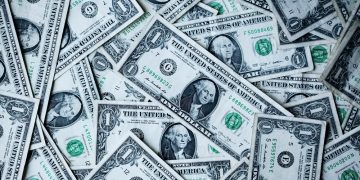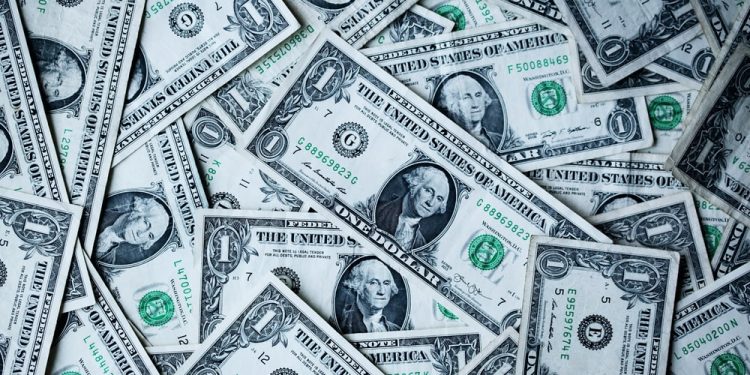NEW YORK – Increasing expectations that the U.S.-China trade war will impact American economic growth pushed the dollar lower on Monday.
In overnight trade the Japanese yen rose to its highest level against the dollar since March 2018 – barring a flash crash in January this year – as investors ramped up bets that the safe-haven currency could gain more if the trade conflict is prolonged. By mid-morning in North America, the dollar was 0.33% lower against the yen to 105.30.
“The stronger yen was at or near 2019 highs against its U.S. counterpart on prospects of a long drawn-out U.S.-China trade war. The longer the trade war drags on, the more likely it would weigh (on) the global outlook and crimp the world economy, a negative for market morale,” said Joe Manimbo, senior market analyst at Western Union Business Solutions.
The dollar index was 0.10% lower to 97.389. Against the euro it was 0.17% weaker to $1.1218.
Goldman Sachs analysts on Sunday said they no longer expected Washington and Beijing to come to a trade agreement before the 2020 presidential election. They lowered their forecast for fourth-quarter U.S. growth and said the chances a protracted trade war would lead to recession were rising.
Uncertainty about U.S. trade policy could lead state-side companies to reduce their capital expenditures, hire fewer workers and produce less.
“Using industry-level data, we find that greater exposure to sales to China has been associated with slower capex growth as the trade war has intensified. We estimate a total uncertainty and sentiment drag on GDP of 0.1-0.2%,” the Goldman Sachs analysts wrote.
The yen is the top performer among its big rivals in global foreign exchange markets, rising 3% this month as investors have shown increased demand for Japanese government bonds after China weakened the yuan below the seven-per-dollar level last week.
As a result, hedge funds that usually borrow in yen to finance leveraged bets in other asset classes have been forced into a rapid unwinding of short positions on the yen, sending the Japanese currency higher.
Market attention will be on Chinese retail sales and industrial output for July, due out on Wednesday, to gauge the trade war’s impact on domestic activity.
Investors will also be focused on the U.S. Federal Reserve’s annual symposium at Jackson Hole, Wyoming, later in the week, seeking greater clarity on the future path of interest rates. Markets are expecting two to three additional rate cuts from the Fed by the end of the year.


















